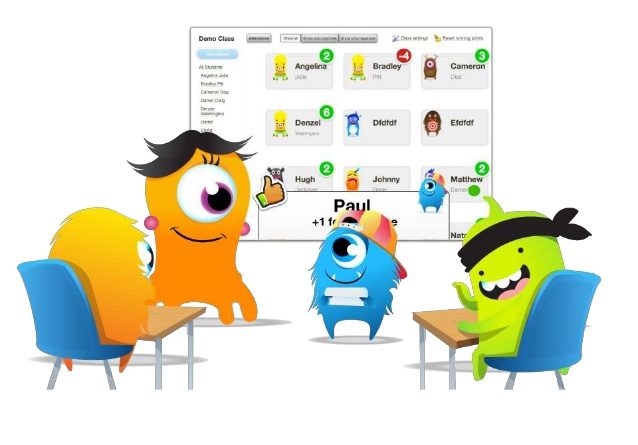Using gamification to enhance second language acquisition. Escape rooms and FLT.
Using gamification to enhance second language acquisition. Escape rooms and FLT.
Source: First video
Second video by – Becky Fisher
#roadtoyourpost #roadtothedream @oposiciones_ingles
#uk #usateachers #instateacher #knowledge #resources #englishlearning #instateachers #oposicion #oposito #learnenglish #knowledge #readingtime #roadtoyourpost #news #goldenopportunity #people #noticias #opositandoytrabajando #docente #docentes #oposicionesingles #kids #children #education #opogram #gamification #games
#claustrodeig #oposiciones2020 #oposiciones2021
It is a fact that playing is in children´s nature; and this is really the psychological principle underpinning the concept of gamification. This term may be defined as the application of gaming mechanics to non-gaming environments, that is, making learning more “palatable” to children. It is no wonder that this strategy is gaining momentum in FL classrooms, since this hidden and fun practice is more likely to engage young learners and instil a taste for the foreign language area.
However, playing games is not exactly gamifying, the use of game elements in non-game contexts involves the design of a “personalised game” in which children feel challenged and accept the rules as part of a joyful process. Considering the benefits of this simple strategy, it is no wonder that these active strategies keep cropping up.
The “escape classroom” is a complex task where the role of the teacher is that of “master of ceremonies”, indicating the tasks that give access to unlock the boxes. These physical boxes contain the secret codes that unlock the necessary digital files for the product: a comic with photos of the activities carried out along the project. Creating an escape room can be in itself an ideal project in itself. As we know, in this game children are expected to solve challenges until they eventually are able to “escape” from the classroom.
In order to design an escape room unit of work, some guiding steps may be:
- Begin with the ultimate aim of the task in mind, wondering what do we want children to learn and practice through the experience.
- Think of possible puzzles, riddles or “locks” that children shall solve, which do not have to be too complicated.
- “Imagine” and roleplay the activities as if you were the student and try to get the right level of challenge.
- Provide clear explanation through different means (oral or written).
- Ensure necessary support along the task, devising the adequate support for children to construct.
- Give enough time and allow different rhythms of work.
- Ensure success for all children working in heterogeneous groups.
- Get involved in the contextualization of the escape room and create the atmosphere to arouse motivation towards the challenge.
- Show enthusiasm and “enter” the fictional and joyful fictional space of the game
Modern FLT has brought about new roles for teachers, being one of them is that of designer of engaging learning scenarios. Undoubtedly, using our imagination to create learning tools is a fascinating field of research; in this case, the video by Becky Fisher gives us some hints to prompt further proposals.
https://shop.oposicionesingles.com/
More information about us:
facebook.com/OposicionesInglesRP/
Twitter: @OposIngles
https://twitter.com/OposIngles
Instagram: https://www.instagram.com/oposiciones_ingles



